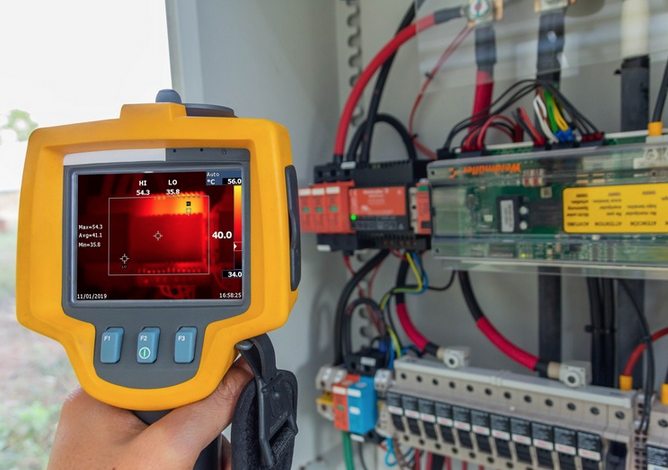Improving Accuracy of IR Temperature Measurements
Sponsored by:

As infrared technology has advanced, radiometers have become a common tool for many maintenance technicians and mechanics. Although radiometers are relatively easy to use, there are several important factors that influence the accuracy of a radiometer’s readings.

Infrared radiometers offer several advantages when it comes to temperature measurements. Measurements are non-contact, non-destructive and can be obtained quickly. Unfortunately, radiometers are not self-diagnostic and cannot warn the operator of erroneous readings. The following are some simple tips that can help to ensure accurate infrared temperature measurements.
- Target should be stationary and at a stable temperature with a dry surface
- Radiometer lens should be clean and free from obstructions
- Radiometer batteries should be fully charged
- IR temperature measurements should be made perpendicular to target
- IR radiometer should be operated at a distance to ensure that spot measurement size is smaller than the target
- Accurate emissivity and reflected temperature values should be input into the radiometer’s computer
Whenever possible, infrared readings should be correlated with known temperature values. If a discrepancy is observed, it could be due to a procedural error in measurement or the radiometer may require calibration.
For more information on infrared temperature measurement, or to obtain information on thermographer training and certification, contact Infraspection Institute at 609-239-4788 or visit us online at www.infraspection.com.
Visit Infraspection Institute Web Site

